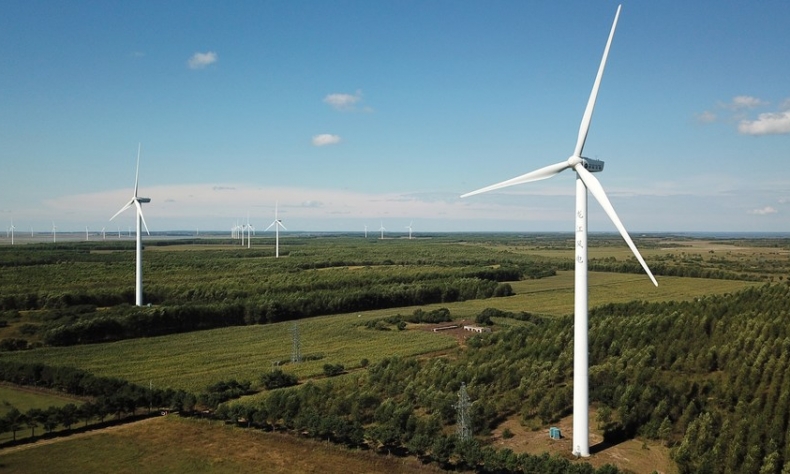The Carbon Course

The bustling carbon market reveals that even the pandemic-induced economic slowdown is unable to undermine China’s determination to realize its carbon peaking and neutrality objectives.
Since it started trading on July 16, 2021, China’s carbon market has been operating efficiently, with total trading volume in the past year hitting 194 million tons and turnover totaling 8.49 billion yuan ($1.27 billion). The transaction price has been in an upward spiral and now stands at 60 yuan ($8.95) per ton, up from 48 yuan ($7.2) per ton at the opening on the first trading day. All in all, this active carbon emissions trading has become an important tool for China to reach the goals of peaking carbon emissions and reaching carbon neutrality.
Following President Xi Jinping’s announcement at the 75th United Nations General Assembly in 2020 that China will strive to peak carbon dioxide emissions before 2030 and achieve carbon neutrality before 2060, the national carbon market came into being. This Chinese innovation is designed to reduce greenhouse gas emissions and promote low-carbon growth through the market mechanism.
The government allocates a certain quota of carbon emissions to businesses, and when businesses’ actual emissions have exceeded their assigned quota, they have to purchase extra quotas from other entities in the carbon market.
The bustling carbon market reveals that even the pandemic-induced economic slowdown is unable to undermine China’s determination to realize its carbon peaking and neutrality objectives.
Emission reduction has a huge impact on economic growth. China is set to rein in new investments by high-polluting and energy-intensive enterprises; what’s more, these companies will have to undergo extensive technological upgrading to save energy. But even with the necessary energy-saving technologies in place, they will still be required to abide by emissions quotas.

Despite the economic downturn generated by pandemic-related restrictions, China continues to honor its commitment to carbon reduction. If enterprises run out of quotas, they either have to suspend operations or buy more quotas in the carbon market. If they continue operating without first acquiring the extra quotas, they will face heavy fines.
A big carbon emitter striving to realize modernization and rapid economic growth, China must blaze a whole new trail. The country is paying more attention to environmental protection and leaving behind its old habit of high energy consumption. Having realized the importance of balancing economic growth and environmental protection, China is sparing no efforts in lifting its green, circular and low-carbon development to the next level.
In the past three decades, both the carbon market and the carbon pricing mechanism have played a big role in battling global climate change. All parties involved in this massive undertaking are pushing for a more mature global carbon market operating under the Paris Agreement, adopted by 196 partakers at the 21st Session of the Conference of the Parties to the UN Framework Convention on Climate Change in the French capital in December 2015. The carbon market is an important field in which China cooperates with many others and contributes its acquired knowledge.
On the first anniversary of the establishment of the national carbon market on July 16, eight Chinese institutions, including the Shanghai Environment and Energy Exchange and the Research Center of Sustainable Development at Fudan University, jointly released the first carbon credit criterion in the world. The carbon credit points to the willingness and capability on the part of companies, big and small, to honor their green commitments in the context of fighting climate change and achieving carbon neutrality targets.
China’s national carbon market today stands ready to strengthen cooperation with carbon markets worldwide, to learn from others’ successful experiences and to narrow the gaps between China’s carbon emissions trading mechanism and that of other countries. As one of the world’s largest emitters of greenhouse gas, China’s carbon market is expected to play a big role in international carbon market development.
 Facebook
Facebook
 Twitter
Twitter
 Linkedin
Linkedin
 Google +
Google +










